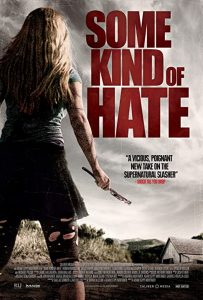 Every movie I watched in early 2020, according to a memory that is at worst only slightly flawed in this regard, had a preview for Promising Young Woman. April could not get here fast enough! …and then all the theaters plus pretty much everything else shut down in late March, and when the movie received theatrical release last December instead, I was still not in a place where going to see it there seemed like a reasonable option. Because, you know, vaccines didn’t exist yet.
Every movie I watched in early 2020, according to a memory that is at worst only slightly flawed in this regard, had a preview for Promising Young Woman. April could not get here fast enough! …and then all the theaters plus pretty much everything else shut down in late March, and when the movie received theatrical release last December instead, I was still not in a place where going to see it there seemed like a reasonable option. Because, you know, vaccines didn’t exist yet.
And so I’m basically a year and a half overdue on this movie. On the bright side, it delivered!
The thing is, oh man, I don’t want to say anything other than go watch it, on the off chance that that barrage of previews didn’t spoil the basic premise. There’s a lot more to see, but those first moments were a killer even in the preview, much less what it might be as a full scene with no idea what to expect.
What I can say is that there’s a little bit of a mystery here. We are presented with the portrait of a woman who was promising, past tense most definitely intended. She was a med school student, but now a few years later she’s a barista who lives with her parents and gets pass out drunk in dive bars. But why? What happened? Can she break the cycle of her existence?
How far will she go to do so?
Separately from the fact that it’s good, it’s something basically everyone should see. I just wish I believed that it would be as meaningful to, y’know, everyone.
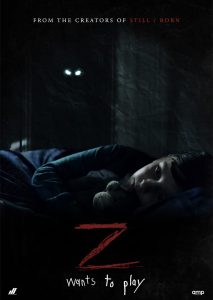 Shudder served me up a more bog standard traditional horror this time, and I’m maybe a little disappointed by it? It’s not that I’m itching to become a giallo aficionado or anything. It’s just that horror in the ’70s is so good. If I were the kind of person who got paid for this, I might call it raw so that I could proceed to call it visceral as well, and be proud of myself for the pun. But what I really mean is, that was when the genre first spread its wings. You had a little blood and a lot of screaming and maybe some goofy eastern European accents, or maybe you had rubber-suited “monsters” or perspective shots and miniatures to make every day critters giant-sized. But the ’70s is where the technology improved and at the same time the censorship limits were removed, and the field just exploded in every direction. By 2019, horror movies are often a lot more polished, but they’re also more prudish and maybe a little dead inside, from that sweet sweet studio money.
Shudder served me up a more bog standard traditional horror this time, and I’m maybe a little disappointed by it? It’s not that I’m itching to become a giallo aficionado or anything. It’s just that horror in the ’70s is so good. If I were the kind of person who got paid for this, I might call it raw so that I could proceed to call it visceral as well, and be proud of myself for the pun. But what I really mean is, that was when the genre first spread its wings. You had a little blood and a lot of screaming and maybe some goofy eastern European accents, or maybe you had rubber-suited “monsters” or perspective shots and miniatures to make every day critters giant-sized. But the ’70s is where the technology improved and at the same time the censorship limits were removed, and the field just exploded in every direction. By 2019, horror movies are often a lot more polished, but they’re also more prudish and maybe a little dead inside, from that sweet sweet studio money.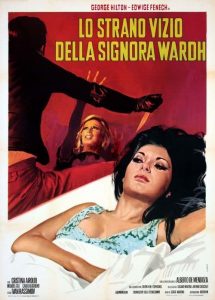 Unexpectedly, two movies in a row on my tragically massive Shudder watch list were giallos[1].
Unexpectedly, two movies in a row on my tragically massive Shudder watch list were giallos[1]. 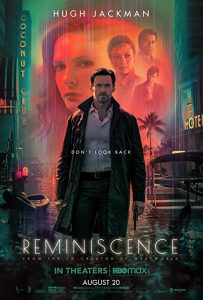 It’s not really clear to me what Kevin Feige is going to do when he tries to introduce the X-Men into the MCU. Not only has Hugh Jackman refused to play Wolverine again, but he apparently got the mutton chops in the divorce with Fox. Seriously, bro looks within an approximation of no differently than he did in 1999.
It’s not really clear to me what Kevin Feige is going to do when he tries to introduce the X-Men into the MCU. Not only has Hugh Jackman refused to play Wolverine again, but he apparently got the mutton chops in the divorce with Fox. Seriously, bro looks within an approximation of no differently than he did in 1999. I’m not here for the idea of making links to a bunch of previous movies, but some quick and uncertain mental math tells me that
I’m not here for the idea of making links to a bunch of previous movies, but some quick and uncertain mental math tells me that 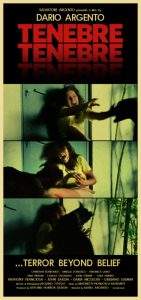 I have just spent upwards of seven seconds contemplating why I would select horror as a tag after also selecting thriller, given that the main feature of both of these genres is that some murdering[1] happens. In the case of
I have just spent upwards of seven seconds contemplating why I would select horror as a tag after also selecting thriller, given that the main feature of both of these genres is that some murdering[1] happens. In the case of 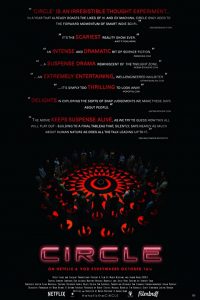 Outside of it showing up on one of the random tabs of movies that Netflix wants me to endlessly scroll through, I have never heard of
Outside of it showing up on one of the random tabs of movies that Netflix wants me to endlessly scroll through, I have never heard of  Remember when Harry Potter and the Philosopher’s Stone was released as a book in America? You do not, of course, because some publisher decided we were collectively too stupid to understand the reference and/or to look it up, and gave us a made-up, dumbed down version instead.
Remember when Harry Potter and the Philosopher’s Stone was released as a book in America? You do not, of course, because some publisher decided we were collectively too stupid to understand the reference and/or to look it up, and gave us a made-up, dumbed down version instead.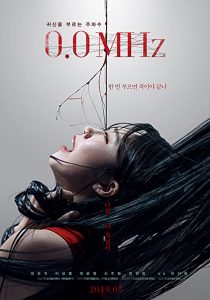 “Zero point zero megahertz is the frequency at which a person’s soul meets a ghost,” someone technobabbles in like the third scene of
“Zero point zero megahertz is the frequency at which a person’s soul meets a ghost,” someone technobabbles in like the third scene of 